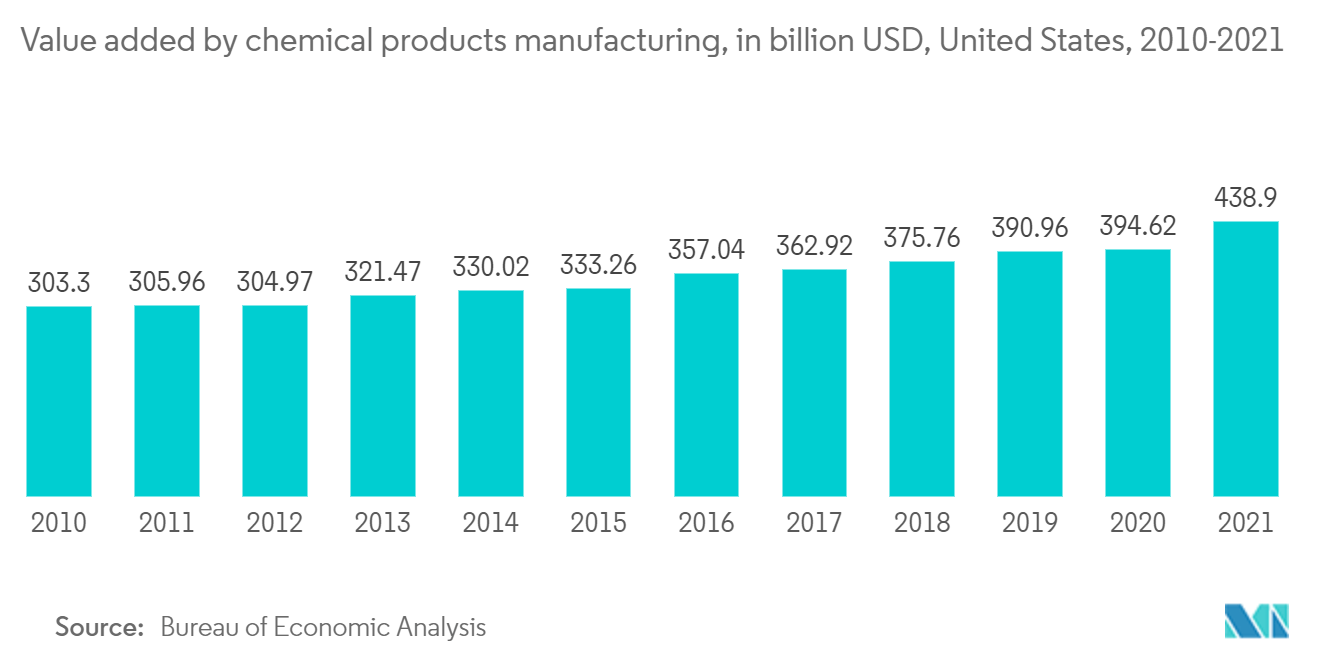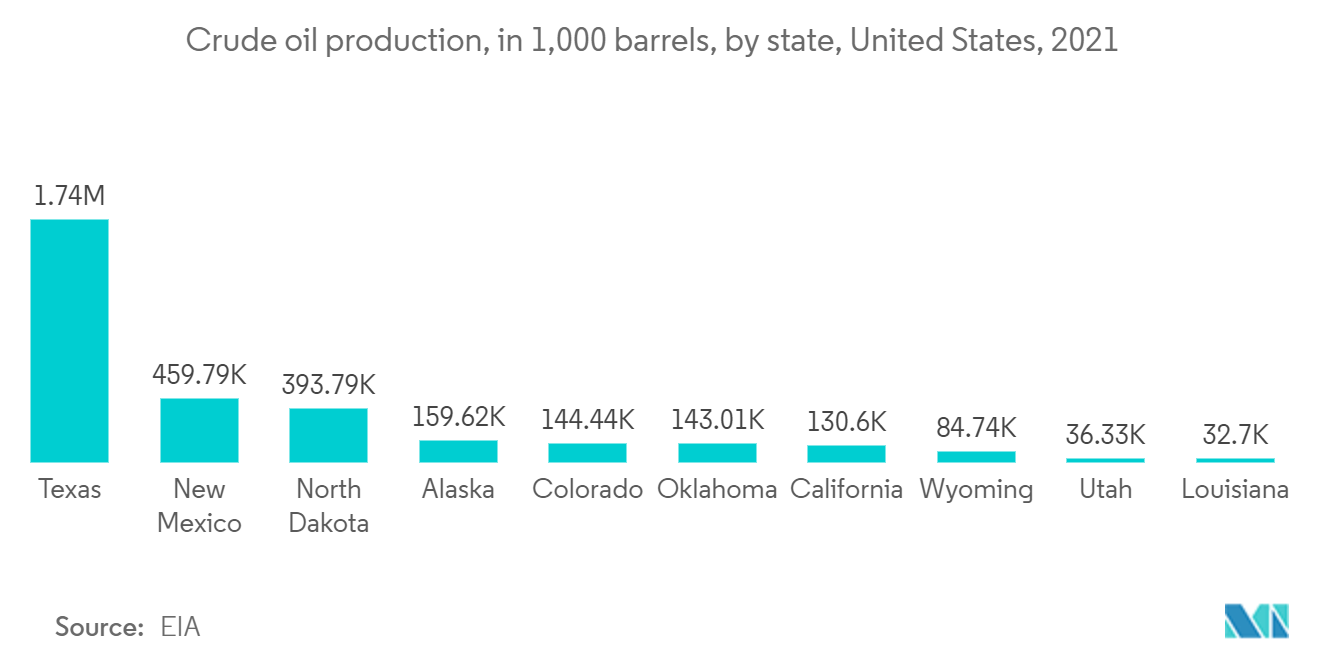Market Trends of North America Safety Systems Industry
This section covers the major market trends shaping the North America Safety Systems Market according to our research experts:
The Safety Controllers/Modules/Relays Segment is Expected to Drive the Market's Growth
- A safety controller is used to control and automate industrial machines and equipment. Safety controllers and safety relays promote safer work environments and protect machine operators from accidents and injuries by ensuring safe stop, start, and control functions. Safety Relays are used to build safety circuits for equipment and facilities. They have a forced guided mechanism that enables detecting contact welding.
- Safety controllers offer several benefits, like intuitive programming to save time and costs. A safety controller can reduce costs associated with wiring, testing, installation, and programming when it comes to new machines developed by OEMs.
- Safety controllers, in most cases, can also eliminate the need and integration for multiple relays. While some safety controllers are standalone, most safety controllers can be expanded using modules to add capabilities to support various inputs and outputs.
- The safety modules/relays/controllers are extensively employed in the oil & gas, mining, energy & power industries to prevent accidents. According to the Bureau of Economic Analysis, in 2015, the value added by this industry came to over USD 330.02 billion. By 2021, the added value from chemical product manufacturing increased to approximately USD 438.9 billion. Further, according to US Census Bureau, in 2021, the value of chemical exports from Texas amounted to USD 49.36 billion. Louisiana stood second with USD 10.31 billion worth of chemical exports. The increasing production of chemicals and related products in the region is expected to offer lucrative opportunities for the studied market growth.
- Several regional companies are launching new products to cater to the surge in demand for industrial safety systems. For instance, in May 2022, Emerson, a global software, technology, and engineering company, announced the release of its PACSystems RSTi-EP CPE 200 programmable automation controllers (PAC). This new family of compact PACs aids original equipment manufacturers (OEM) meet customer requirements by minimizing the need for specialized software engineering talent. As per the company, the CPE 200 controllers deliver large programmable logic controller (PLC) capability in a small, cost-effective, IIoT-ready form factor, so machine manufacturers do not need to sacrifice performance for the price.

The Oil & Gas Segment is Expected to Hold a Major Market Share
- Oil and gas production technology is associated with significant hazards like vehicle collisions, struck-by/caught-in/caught-between, fires, high-pressure lines and equipment, machine hazards, etc. The oil and gas industry workers face the risk of fire and explosion due to the ignition of flammable vapors or gases. Combustible gases, like well gases, vapors, and hydrogen sulfide, can be released from trucks, wells, production equipment, or surface equipment, including shale shakers and tanks. Ignition sources can include static, electrical energy sources, open flames, lightning, cigarettes, cutting and welding tools, hot surfaces, and frictional heat. Industrial safety systems aid in minimizing the risk of such hazards.
- For instance, a Fire and Gas System (FGS) continuously monitors for abnormal situations like a fire or explosion or toxic gas release within the plant and provides early warning & mitigation actions, thereby preventing the escalation of the incident and protecting the process or environment.
- Further, a safety shutdown system is a prevention safety layer that takes automatic & independent action to prevent a hazardous incident from occurring and protect personnel and plant equipment against potentially serious harm.
- North America boasts robust oil and gas production and refining activities. For instance, according to BP, the United States produced the most oil in the world in 2021, at over 16.6 million barrels of oil per day on average. Saudi Arabia and Russia followed as the second and third largest producers. Further, according to Baker Hughes, the number of operational oil and gas rigs in the US totaled 765 in July 2022, an increase from 488 rigs in July 2021.
- Further, the oil and gas industry is facing a shift towards conducting operations in non-conventional locations. Such production environments include remote, poorly accessible, offshore/deepwater, etc. According to Baker Hughes, North America hosts the most oil and gas rigs globally. In July 2022, there were 952 land rigs in the region, with a further 19 rigs located offshore. The extensive production and processing of oil & gas in the North American region is expected to drive the growth of the studied market.


